Description
TECHNICAL SPECIFICATIONS
- reception area: 1,5-30MHz
- Modulation types: AM-DSB
- IF Filter: 10,7MHz ceramics
- (Optional quartz filter 8Pol) 455kHz 6kHz BW 6Pol
- Dynamic Range AM: 95db
- Dynamic Range SSB: 55db
- SSB Method: Direct irradiation into the IF amplifier
- Receiver principle: Doppelsuper 10,7MHz-455kHz
- Local oscillator: DDS(9850) 125MHz CLK
- Frequency steps: 10Hz, 100Hz, 1kHz, 5kHz, 9kHz
- Display: LCD 2×16 character
- Voltage range: 9-16V
- Power consumption: 300mA
- Battery Life: 8xAlkaline Typ AA ca.7h Akku 2100mAh ca.7h
- Height, width, depth: 150mm, 215mm, 150mm
- Weight: 0,85kg mit Batterien
Again and again I had requests from Junior1 builders, whether digital frequency displays or reception areas can be extended. I advise against these interventions. The questions motivated me, however, to develop Junior1 further. J1D is the successor model of Junior1, specially developed for HAM RADIO enthusiasts without HF measuring station
The only adjustment work is to adjust the LCD Display contrast!
J1D shows the following changes: An Atmega AT644 microprocessor is used as a “brain”. This provides the control commands for the DDS, the LCD display and the preselector. All buttons as well as the redary encoder are also queried at the AT644. The reception concept of Junior1 has proven itself, which is why it was largely adopted in J1D. However, the large reception area requires a completely new input circuit. The preselector realized with high-quality ring cores provides a good mirror frequency suppression. At the output of the preselector, the RF voltage is converted by the field effect transistor in a low-impedance manner and supplies this voltage to the first mixer. At the output of the mixer, the first IF is at 10.7 MHz. If you want to upgrade the receiver, the 10.7MHz ceramic filter can be replaced by an 8-pole quartz filter. The board is ready to handle it.
The first IF enters the A4100D. This converts the 10.7MHz to the 2nd IF of 455kHz. The automatic Amplification control, demodulation and LF preamplification
Also takes the A4100D. An SSB reception comes by direct radiation in the ZF amplifier. The superimposed oscillator is realized with a BC547 and a ceramic resonator. By this direct method, however, the control range is lower and there is a continuous glow of the “Field LED”. In addition, distortion of the SSB reception is possible with too strong signals. An LM380 in conjunction with a 4Ohm loudspeaker guarantees a strong audio reproduction. The operation of J1D is reduced to the essentials. The tuning steps can be selected by pressing the redary encoder knob. The “MEMO button” allows you to store the last set frequency and type of demodulation before switching off the device. The pre-programmed reception frequencies are selected by pressing the “Amateur” and “Radio” buttons. The “Field LED” shows the relative reception field strength and serves as a tuning aid for the preselector. A new battery compartment is also available. Conclusion: J1D is a powerful SW receiver with high sensitivity and frequency stability in a attractive design.
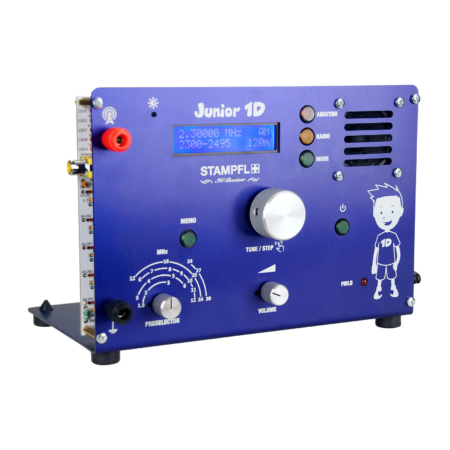
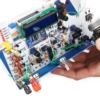
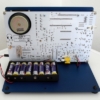
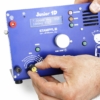
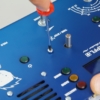
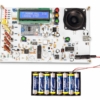
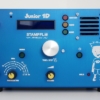
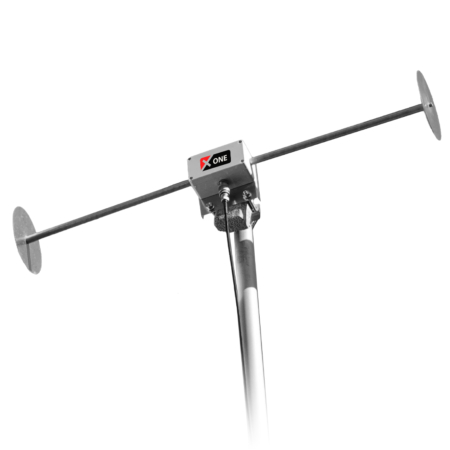
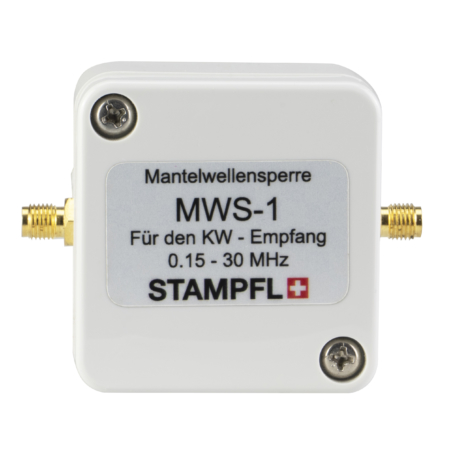
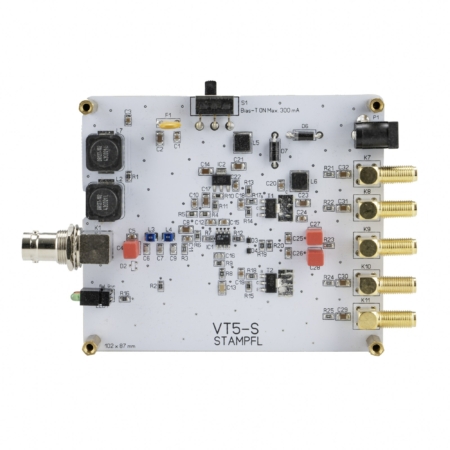
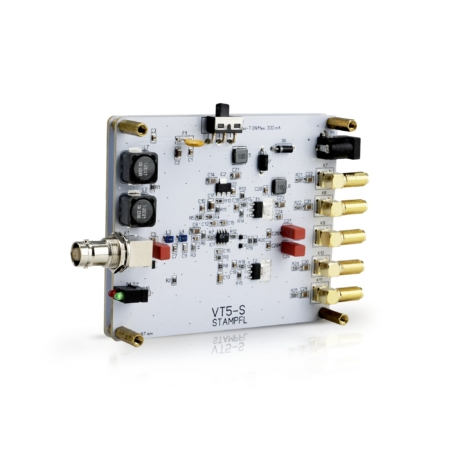
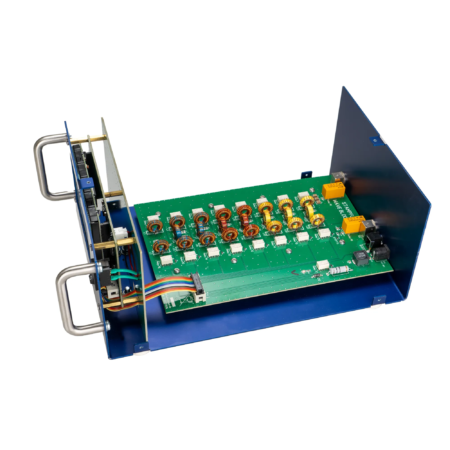
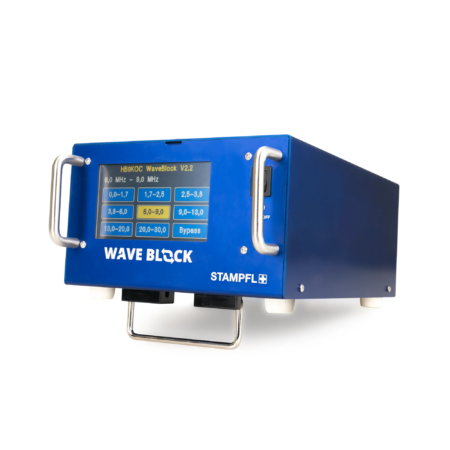

Reviews
There are no reviews yet.